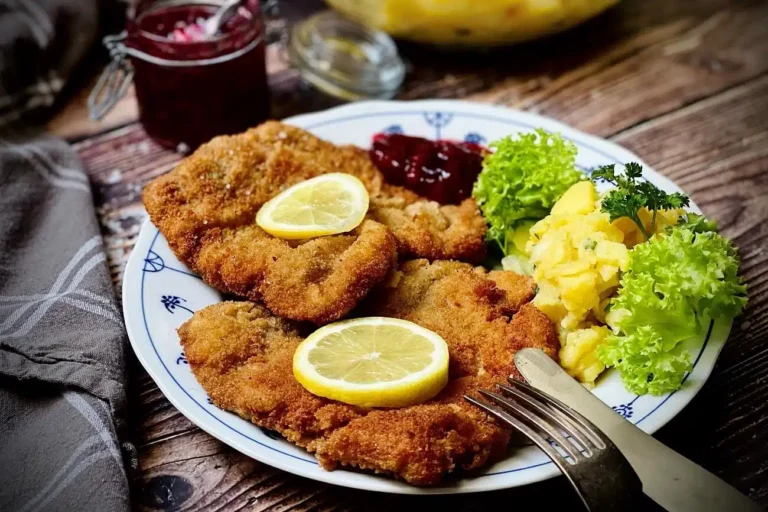Introduction: Slovenian cuisine and its influences
Slovenian cuisine is a reflection of its neighboring countries, including Italy and Austria. Due to its location, Slovenian cuisine is heavily influenced by both the Mediterranean and Central European culinary traditions. Slovenian cuisine is characterized by its hearty and filling dishes that are made with simple, locally sourced ingredients.
The country’s proximity to Italy and Austria has also contributed to the fusion of flavors and dishes in Slovenian cuisine. The result is a unique blend of culinary traditions that have been passed down from one generation to another, which makes Slovenian dishes a must-try for food lovers.
Italian-influenced dishes in Slovenian cuisine
Slovenian cuisine has been heavily influenced by Italian cuisine, particularly in the western regions of the country. Some of the most popular Italian-influenced dishes in Slovenia include the famous Istrian stew, which is made with beef, vegetables, and wine, and the gnocchi, which are small dumplings made from potatoes and served with various sauces.
Another Italian-inspired dish that is popular in Slovenia is the seafood risotto, which is typically made with locally sourced seafood and topped with Parmesan cheese. This dish is a perfect example of how Slovenian cuisine has been influenced by the flavors and ingredients of Italy.
Traditional Austrian dishes and their Slovenian adaptations
Austria has also had a significant influence on Slovenian cuisine, particularly in the northern regions of the country. Some of the most popular Austrian dishes that have been adapted in Slovenia include Wiener Schnitzel, which is made with breaded veal or pork and is often served with a side of potato salad.
Another Austrian-inspired dish that has been adapted in Slovenia is the apple strudel, which is a dessert made with thinly sliced apples and pastry. Slovenian versions of the apple strudel often include additional ingredients such as walnuts and raisins.
Fusion dishes: the blending of Slovenian, Italian, and Austrian cuisine
The blending of Slovenian, Italian, and Austrian cuisine has resulted in some unique and delicious fusion dishes. One of the most popular fusion dishes in Slovenia is Jota, which is a hearty stew made with beans, potatoes, sauerkraut, and smoked meat.
Another fusion dish that is popular in Slovenia is the Carniolan sausage, which is a type of sausage that is made with pork and is heavily spiced. This sausage is often served with sauerkraut and mustard and is a perfect example of how Slovenian cuisine has been influenced by both Italy and Austria.
Regional specialties with Italian or Austrian influences
Some regions in Slovenia have their own unique specialties that have been influenced by Italian or Austrian cuisine. For example, the town of Kobarid in the Julian Alps is famous for its traditional dish called Kobarid štruklji, which is a type of dumpling that is similar to gnocchi and is often served with a meat sauce.
In the region of Prekmurje in northeastern Slovenia, the traditional dish called bujta repa is popular. This dish is made with turnips, potatoes, and meat and is similar to the Austrian dish called turnip stew.
Recommendations for trying Slovenian dishes with Italian or Austrian flair
If you want to try Slovenian dishes with Italian or Austrian influences, here are some recommendations. The Istrian stew, gnocchi, and seafood risotto are some of the most popular Italian-inspired dishes that you can find in Slovenia.
For Austrian-inspired dishes, try the Wiener Schnitzel or the apple strudel. If you want to try a fusion dish, Jota and Carniolan sausage are great options. Finally, don’t forget to try the regional specialties, such as Kobarid štruklji and bujta repa, which are perfect examples of how Slovenian cuisine has been influenced by neighboring countries.

